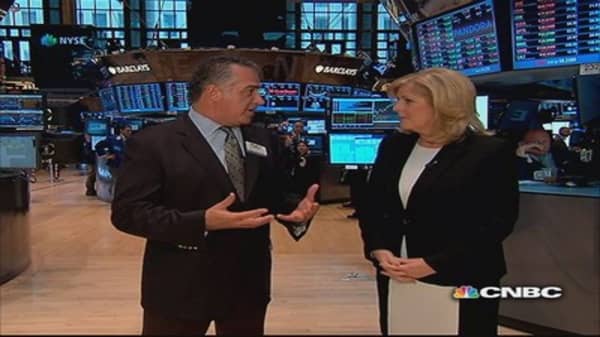"Sell in May and go away" is a financial idiom that is causing more chatter this year than any in the recent past. According to this line of thought — May is supposed to mark the beginning of the sixth-month period that has historically been an underperformer — and this year it is getting its fair share of attention.
Statisticians are quick to point out that the May to November time period is the worst performing time period for the market — a time period that produces, at best, mediocre returns. Studies dating all the way back to 1694 — Yes I said 1694, some 320 years ago — seem to support the data, but let's not get crazy. The same period last year returned some 10 percent — a far cry from a poor return. Like any investment strategy — it's about planning, research and understanding the current events of the day.




